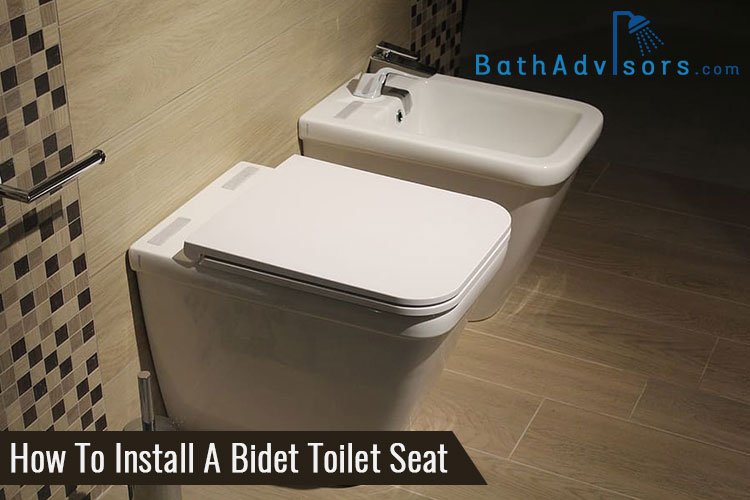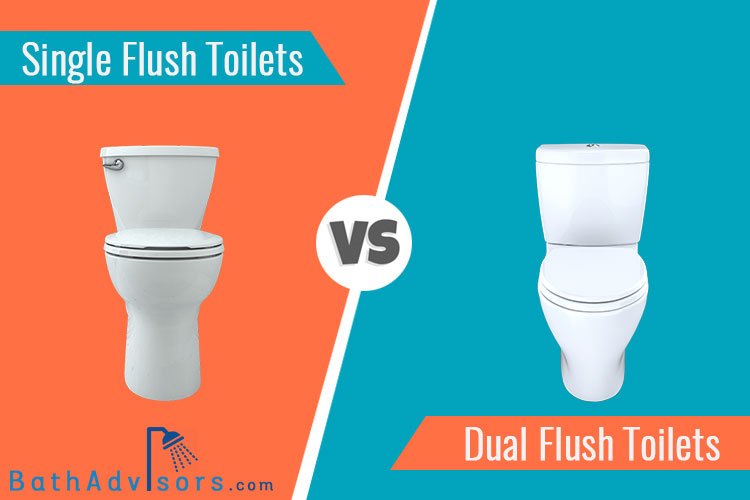Looking to upgrade your bathroom or add a touch of luxury to your home? A bathtub can be the perfect addition to your bathroom, providing a space to relax and unwind after a long day.
However, choosing the right one can be a daunting task with so many different materials available. Not only do you want to select a material that looks great, but you also need to consider durability, maintenance, and cost.
After all, a bathtub is a significant investment, and you should ensure you choose the best material for your needs.
In this guide, I’ll walk you through the different bathtub materials available, highlighting the ins and outs of each so that you can make a well-informed decision and select an amazing bathtub for your home.
The Importance of Choosing the Right Bathtub Material
At the end of the day, it’s just a tub, why should you worry about the material? Well, a lot depends on the material, such as the tub’s lifespan, resistance to damage, and more.
Here’s why it’s important to consider the right material when choosing a bathtub and what to look for in a tub’s material.
Durability
Choosing a durable bathtub material is essential to ensure that it lasts for years without requiring frequent repairs or replacements. Materials like acrylic and fiberglass are lightweight yet sturdy, while materials such as porcelain and cast iron are heavy-duty and scratch-resistant.
Ease of Cleaning
The ease of cleaning a bathtub depends on the material. Non-porous materials, including acrylic and fiberglass, are easy to clean and maintain, while porous materials like stone may require more attention to prevent stains and scratches.
Aesthetics
The material you choose can also impact the bathtub’s overall look and feel. Some materials, like cast iron and copper, provide a rustic or traditional look, while materials like acrylic and fiberglass offer a sleek and modern appearance.
Cost
The cost of a bathtub can vary widely depending on the material used. Materials like cast iron tend to be more expensive, while materials like acrylic are more budget-friendly. It’s essential to consider both upfront and long-term costs when choosing a bathtub material.
Heat Retention
Some materials, like cast iron and stone, have better heat retention compared to fiberglass and ceramic. If you need a tub to soak in, consider one that retains the temperature for longer.
9 Most Popular and Best Bathtub Materials
I consulted several bathroom experts and plumbers about the most popular bathtub materials to compile this list. From the most durable materials like cast iron to premium-looking materials like ceramic, I’ve covered everything to help you make an informed choice.
1) Fiberglass- Most Affordable Material
If you don’t want a bathtub to burn a hole in your pocket, fiberglass bathtubs are your best bet! These tubs are affordable, but that doesn’t affect their aesthetics. Also known as reinforced plastic, fiberglass tubs are first molded into shape, coated with resin, and polished for a sheeny appearance.
In terms of durability, this material doesn’t perform much well and is prone to cracks and scratches. Since the material is repairable, you don’t have to get a new tub if it gets stained or slightly damaged. Lastly, in terms of cost, you can easily find a good fiberglass tub somewhere around $200-$800.
2) Porcelain Enameled Steel: Affordable yet Durable
Another common budget bathtub material is porcelain enameled steel, that’s more durable than fiberglass but carries added weight due to the steel sheeting. The enamel coating ensures the tub’s surfaces remain spick and span, so you don’t have to worry about stains.
In addition, these steel bathtubs come in a wide range of sizes and are perfect for every home, irrespective of the décor. While these tubs are easy to clean, the material can chip off if you use abrasive cleaners. Rust also tends to form on the steel sheet if the top layer of enamel chips off.
3) Acrylic- Best Lightweight Material
Do you have kids and pets at home that don’t mind splashing into the bathtub? Consider acrylic bathtubs, as they are durable and easy to maintain. Acrylic is costlier than fiberglass, but you get added advantages such as excellent heat retention and a non-porous surface.
Talking about aesthetics, you get these tubs in a range of colors making your bathroom stand out. Make sure to protect these tubs from abrasive chemicals to ward off stains. Also, many homeowners say acrylic bathtubs are susceptible to scratches, so keep all pointed objects away.
Popular brands like Woodbridge offer these tubs from 800 bucks to up to $1500.
4) Cast Iron- A Material That’ll Outlast You
Do you need a bathtub that doesn’t chip off, deform, or be prone to any damage? Or are you wondering what is the most durable material for a bathtub? Get yourself a cast iron bathtub! The material is highly durable and contains multiple alloys to create a smooth surface of a bathtub.
On the top, there’s a thick glazing coating that enhances the aesthetics of the cast iron bathtub. Since the entire tub is metal, expect it to be heavy. In addition, the material requires extra maintenance, and these tubs are usually expensive.
5) Ceramic- Highly Aesthetic
Looking for a bathtub with a thick bottom and slim rims? You’ll find most of them made using ceramic. The material is a combination of mixing clay, earthen elements, powders, and water, making ceramic the most eco-friendly tub material.
Because there are no hard materials like iron or steel, tubs made using ceramic aren’t that durable! Moreover, you’ll need an expert to handle and install these tubs with care.
One thing for sure is that ceramic bathtubs can revamp the look of any bathroom and are perfect if you are considering bathroom remodeling.
6) Wood- Most Eco-friendly Material
Most modern bathtubs aren’t made of wood because of their porosity, which affects their structure greatly. Also, they are pretty expensive and aren’t the right fit for people looking for bathtubs under $1000.
If you have some extra bucks to spare, you can create a natural look in your bathroom with a wooden bathtub. Additionally, wood has added health benefits and is much lighter than most bathtub materials. Lastly, wooden tubs aren’t prone to rusting, making wood the best tub material for well water.
7) Stone- For Excellent Heat Retention
If you prefer hot baths and need a bathtub that retains the water temperature for longer, look no further than stone! Made using a variety of stones like onyx, marble, and travertine, these tubs offer promising durability, aesthetics, and exclusive colors/patterns you won’t find in other bathtub materials.
Natural stone is limited, so you may have to pay a premium price to bring these tubs home. Also, stone resin bathtubs are onerous and need some extra support to be stable.
8) Cast Polymer- For Stone-like Look on a Budget
Cast polymer is a relatively new but popular material in the bathtub industry. Some people even call it engineered stone or cultured marble bathtubs, as the material mimics the aesthetics of natural stone. In terms of durability, cast polymer scores a 6/10, and you can maintain it without breaking your bank.
The variety of colors and different patterns make it an exemplary option if you consider style over everything. Lastly, the material can develop irreparable cracks over time, so make sure to maintain it for longevity.
9) Glass- Modern, Sleek, and Sophisticated
These bathtubs are rare; if you need something exclusive yet elegant, you can consider one made using glass! The material is tempered glass that is durable and easy to clean but may not be ideal for households with small children or pets due to the risk of breakage.
If you are looking to make a fancy bathroom that is more aesthetic but less of use, you can put a glass bathtub in it. Make sure to onboard experts to install it and maintain the tub for its long lifespan.
FAQs
Q: How long does a bathtub material typically last?
A: It depends on the type of material and how you maintain your bathtub. Each material has a different lifespan, as cast iron tubs can last up to 50 years, while other materials like fiberglass can last around five years.
Q: Do different bathtub materials require different types of maintenance?
A: Yes, the type of maintenance a tub needs significantly depends on its material. For example, you can use a scrubber to clean cast iron tubs, while it may scratch enamel-coated bathtubs.
Q: What is the best material for a bathtub surround?
A: Fiberglass is the best material for bathtub surrounds, as it’s affordable, lightweight, and durable. Plus, it requires less maintenance and can complement any type of bathtub.
Final Thoughts
Choosing the best bathtub material for your home helps you get a durable, aesthetic, easy-to-maintain, and premium bathtub that justifies the money you’ve spent on it.
Additionally, when you know everything about the material, you can ensure it lasts longer and rewards your bathroom with the style it needs.
What do you think is the best bathtub material for remodeling a bathroom? Drop your answers in the comments section.






